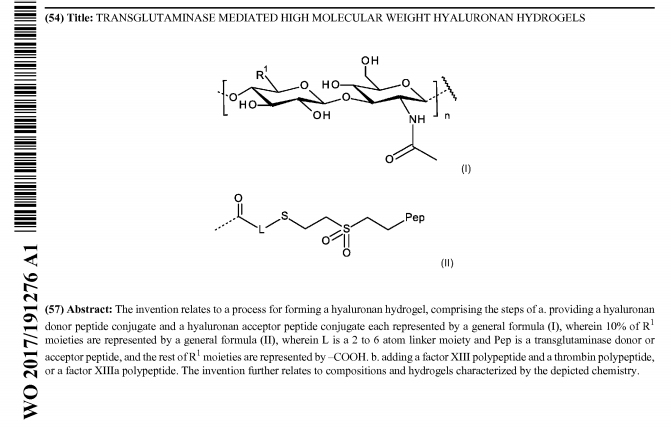With traditional funding sources becoming limited, academic institutions and commercial entities are increasingly partnering on research and development. As a result, there is more pressure to monetize intellectual property and publish research across multiple channels. Not only are academic institutions publishing findings in top journals, but their commercial partners are also securing patents in countries where inventions could potentially be brought to market.
This means that journals are no longer the first point of access for the latest academic research. Rather, new findings are now, first and foremost, found in patents—which typically must be filed before other public disclosures of the research. However, patents are generally more difficult to locate and understand, creating a blind spot for those seeking to assess the research landscape.
Overcoming the search gap between patents and journal articles
In terms of content and searchability, journal articles and patents couldn't be more different. The goal of a journal article is to communicate knowledge and encourage other researchers and publications to cite it. As such, journal articles are composed to draw in readers with compelling headlines, meaningful abstracts and thorough examples that convey the purpose and impact of the research. These specific details make journal articles somewhat easy to find through search.
Conversely, patents often withhold key details to protect the origins, conditions and commercial potential of the research. Though patent offices have rules to ensure titles and abstracts are clear, skilled patent attorneys will describe the invention in a way that provides the broadest protection possible with the least amount of disclosure. While valuable from a legal perspective, patents can prove troublesome from a search perspective. Further, patents are published in multiple languages, further complicating access to this information.
These challenges make it difficult for even the most skilled researcher to find the information they need from patents. And given that patents are normally the first publication to disclose new compounds and concepts, their low searchability is a real hindrance to innovators who depend on timely access to the latest global scientific information.
Using specialized tools to help close the gap
Closing the search gap requires specialized tools because an ordinary search engine isn't able to capture and curate complex scientific information. For example, consider two publications about hyaluronan hydrogels—a patent (WO2017191276) and a journal article. Both are by the same author, but have very different titles and abstracts. The abstract for the patent contains chemical structures, which are nearly impossible for non-specialized search engines to track.

The journal article abstract in ACS Biomaterials Science & Engineering is written quite differently:
In this study, transglutaminase-cross-linked hyaluronan (HA-TG) hydrogels are investigated for their potential to treat cartilage lesions. We show the hydrogels fulfill key requirements: they are simultaneously injectable, fast-gelling, biocompatible with encapsulated cells, mitogenic, chondroinductive, and form a stable and strongly adhesive bond to native cartilage. Human chondroprogenitors encapsulated in HA-TG gels simultaneously show good growth and chondrogenesis...
A search for the terms, "transglutaminase" and "hyaluronan hydrogels," in Google Scholar yields 3,750 answers. While the journal article is the third answer on page one, the patent doesn't show up in the first 10 pages of results. Conducting the same search in SciFindern from CAS produces six results, including the journal article and patent. It also becomes clear that the journal article and patent share several indexed substances. There are 10 indexed for the journal article and 48 for the patent, with 6 substances appearing in both.
This precise, effective search is possible thanks to a unique combination of specialized technology and the expertise of CAS scientists, who comb through the ever-growing volume of published scientific content and apply meaningful categorizations to improve searchability and ensure results are as exact as possible.
In SciFindern, journals and patents are thoroughly analyzed and titles and abstracts are rewritten, as needed, to provide more useful information than what was in the original versions. In fact, 95 percent of patent titles and abstracts are rewritten by CAS to ensure a better search experience. Relevant concepts, claims, chemical structures, examples and CAS Registry Numbers® are also disclosed. In addition, patent documents from any of the 63 global patent offices are in SciFindern with English translations of the title and abstract. By overcoming language barriers that often prove prohibitive when searching patents, researchers using SciFindern can easily monitor and access discoveries made worldwide.
There's no doubt that the differences between journal articles and patents are extensive and impact how they can be searched. Tools that provide a unified approach to curating journals articles and patents are key to overcoming the search gap and driving innovation forward.
Want to improve your ability to quickly and easily find scientific information? Learn more about how CAS solutions can help accelerate innovation.

